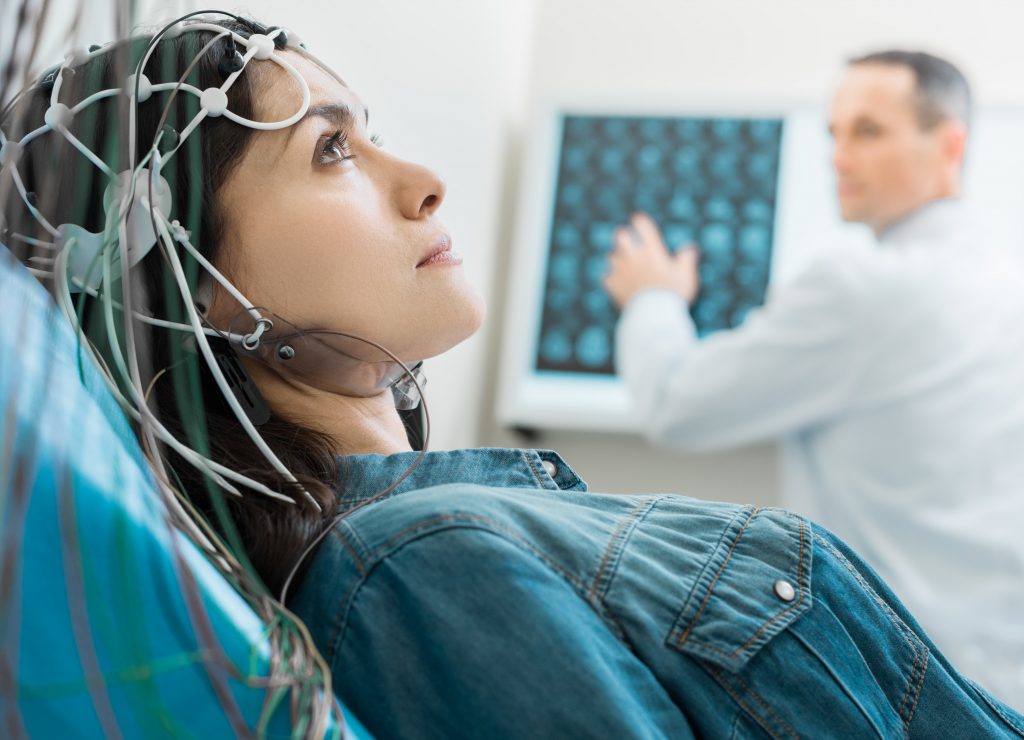Opening Hours
Monday – Friday:
8:00am – 5:00pm
Saturday:
CLOSED
Sunday:
CLOSED
Contacts
205 Woodhew Dr. Woodway, TX 76712
(254) 399-9291

EEG Testing
EEG Testing FAQs
What is an EEG test?
– An EEG test, or an electroencephalogram test, is used to find problems related to electrical activity of the brain by tracking and recording brain wave patterns. It is a noninvasive and painless test involving small metal discs with thin wires, or electrodes, being placed on the scalp. The electrodes send signals to a computer, which records the results. The physician will then inform the patient of the test results, its meaning, and what to do next.
What is an EEG test used to diagnose?
– The test is used to help diagnose conditions such as:
- Seizures
- Epilepsy
- Head injuries
- Dizziness
- Headaches
- Brain tumors
- Sleeping problems
- Confirming brain death
What does an abnormal EEG mean?
– In general, an abnormal EEG could mean:
- Generalized seizures
- Brain waves that have an abnormal frequency, height, or shape
- Any brain wave that shows up in a way that it should not
– Other ways that abnormalities show up in an EEG are:
- Abnormal bleeding or hemorrhage
- An abnormal structure in the brain (brain tumor)
- Tissue death (due to a blockage in blood flow or cerebral infarction)
- Drug or alcohol abuse
- Head injury
- Migraines
- Seizure disorder (epilepsy)
– If you have an abnormal EEG, your doctor will explain the significance of the abnormality and walk you through the next steps in your treatment plan going forward.
How do I prepare for an EEG?
– Before the test, it is important that you do the following:
- Wash your hair the night before
- DO NOT put products in your hair on the day of the test (e.g., sprays, gels, etc.)
- Ask your doctor if you should stop taking any medications before the test
How long does it take to get an EEG?
– Typical procedures vary usually within the span of 30 minutes to 2 hours in its entirety. This is because electrode placement can take anywhere from 20 minutes to an hour.
– If you have an ambulatory EEG, brain activity is recorded for at least 24 hours.
